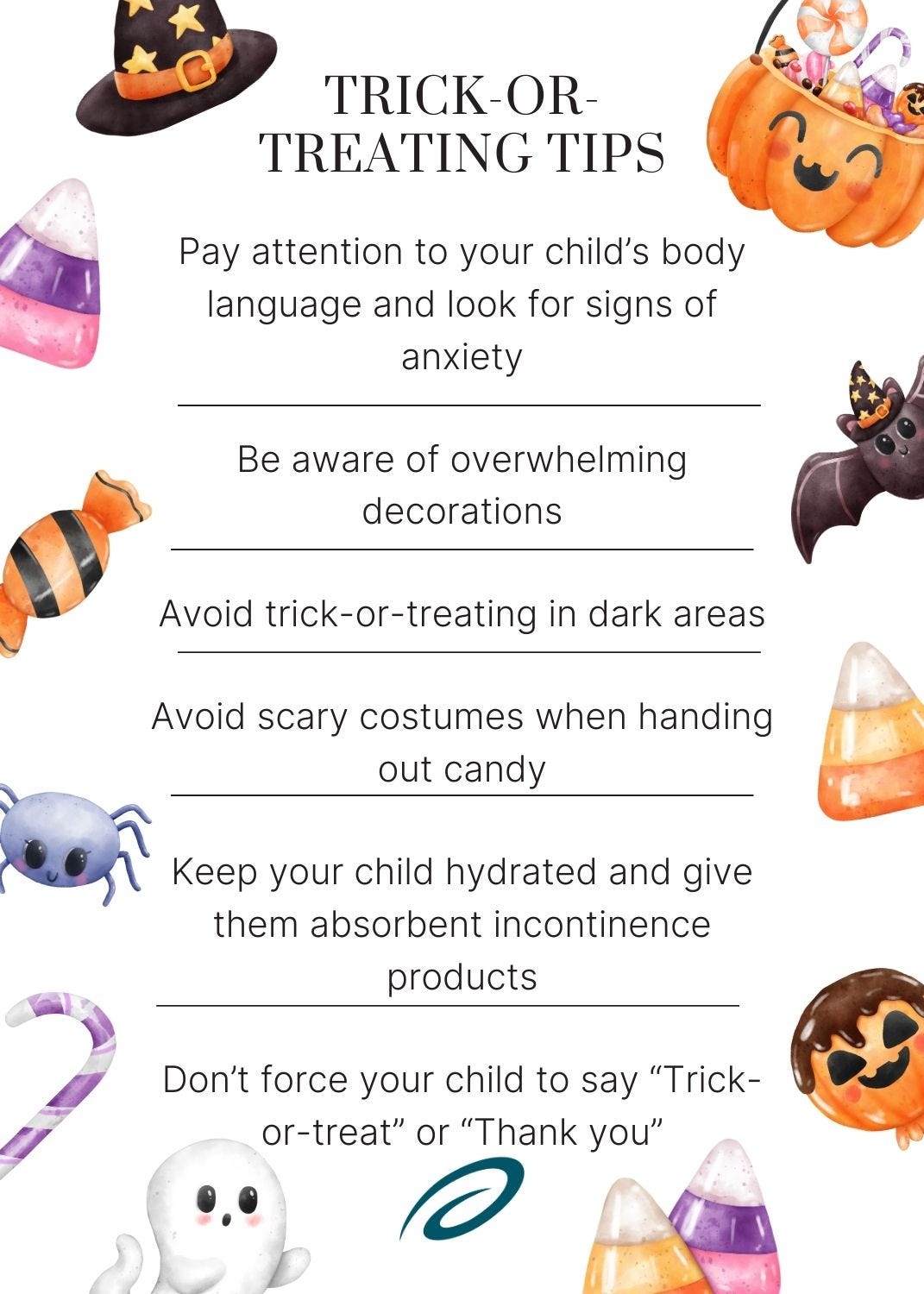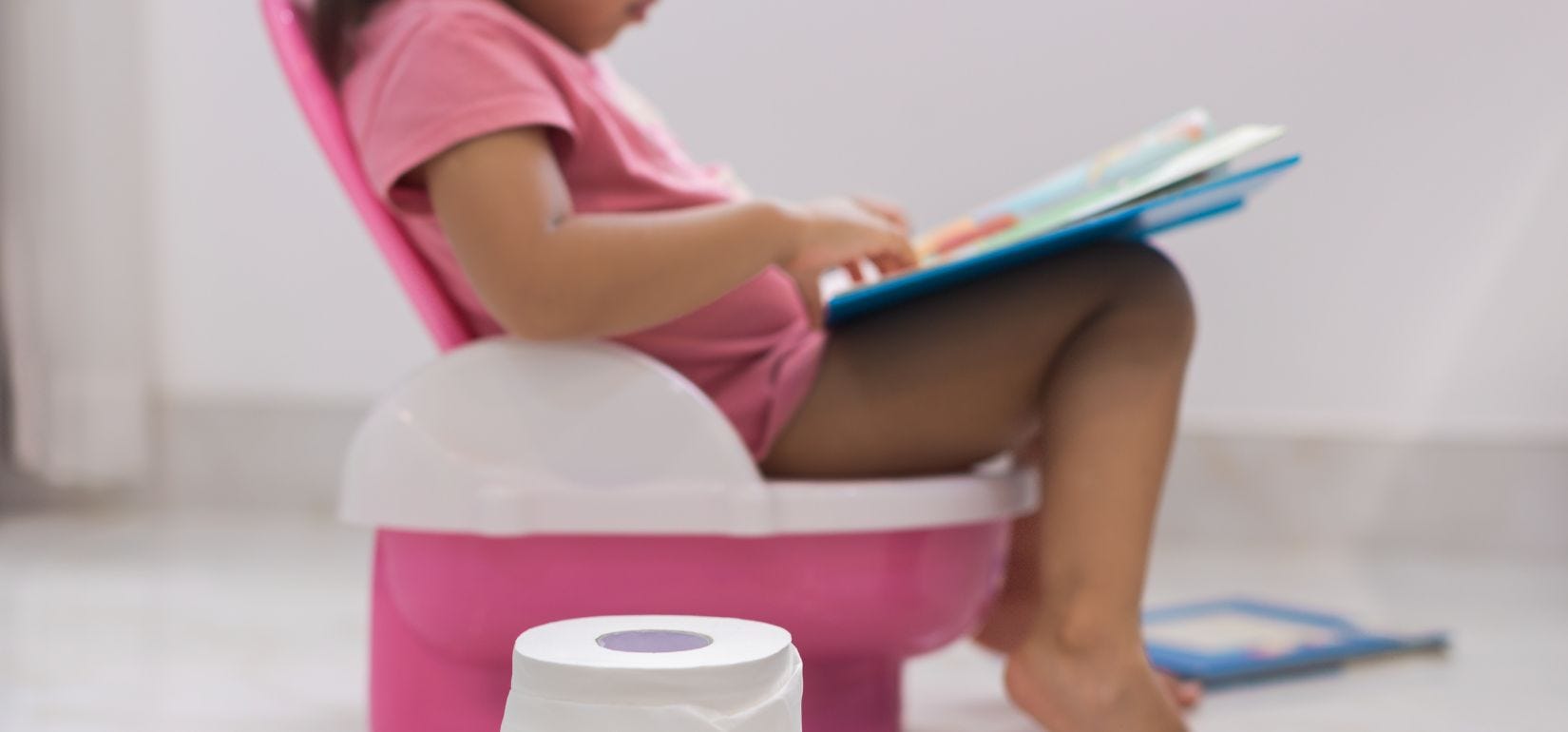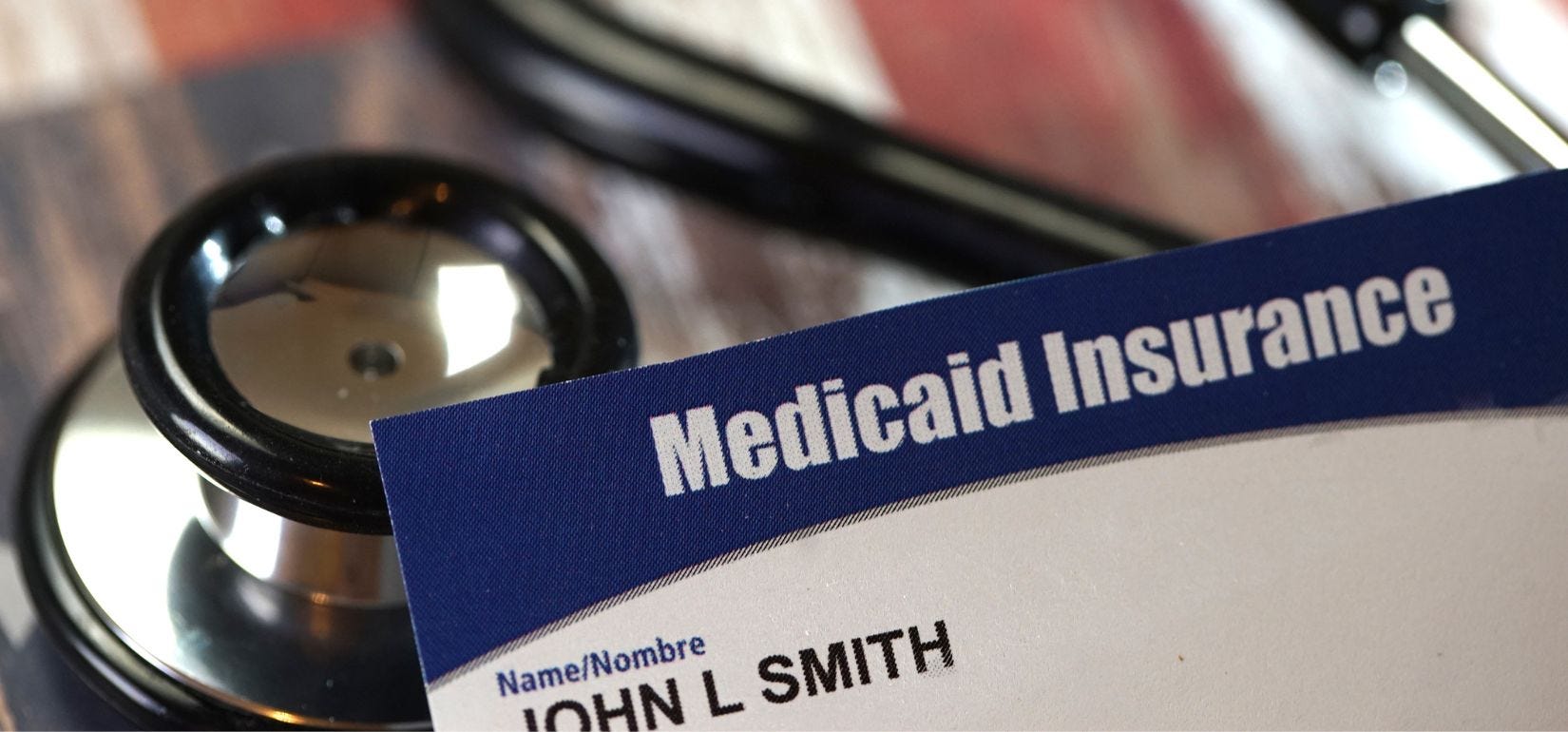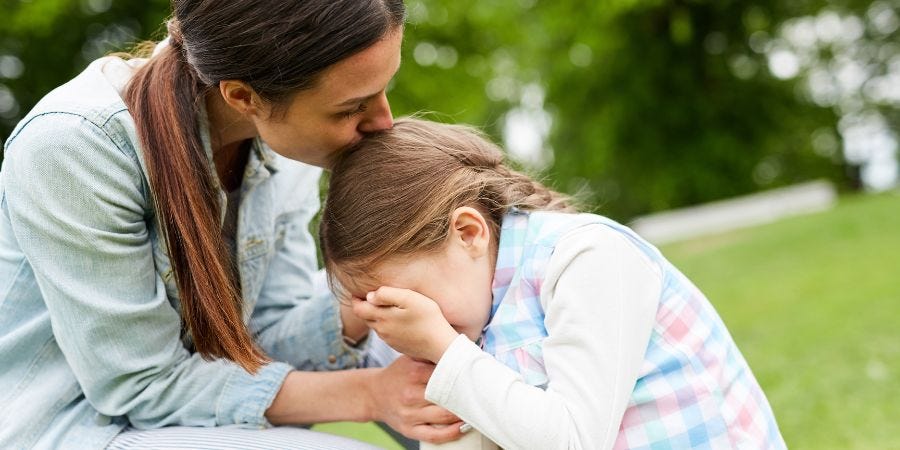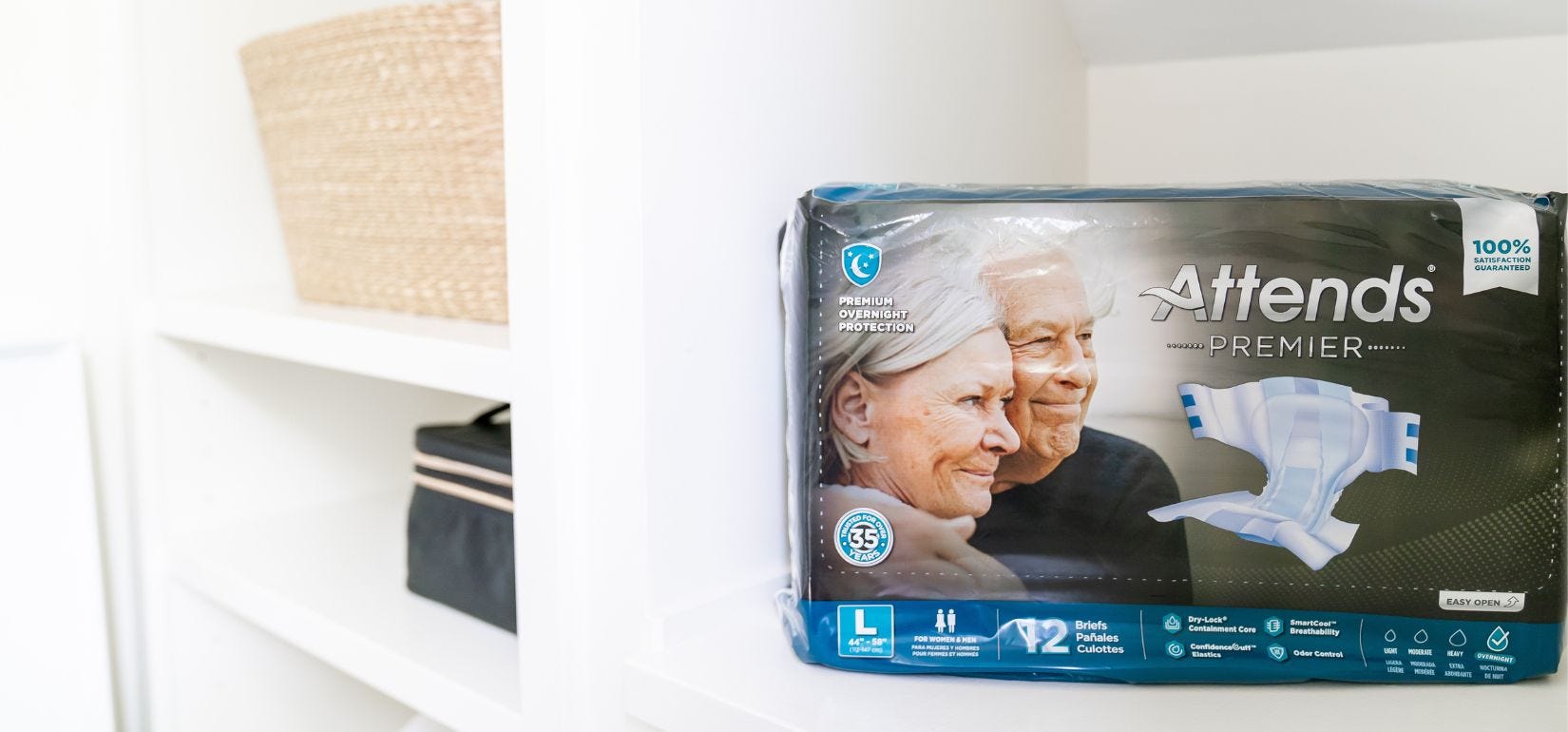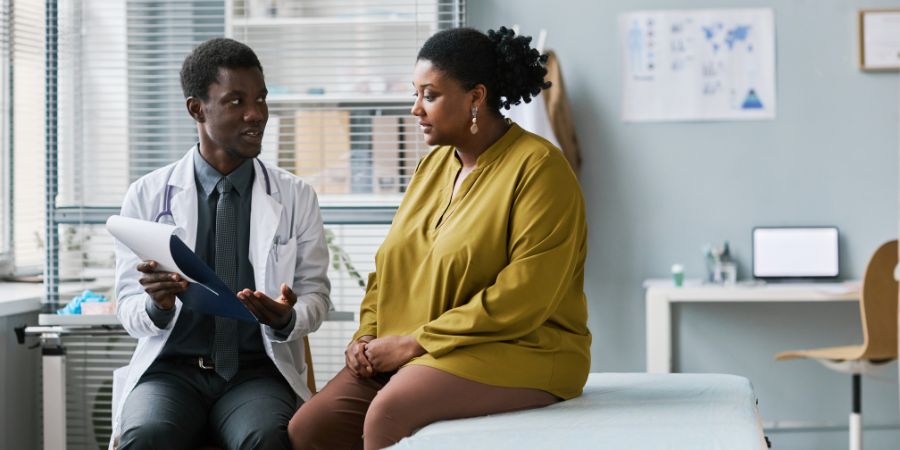Fall is here, which means Halloween is just around the corner! This is a magical time for kids filled with candy, costumes, and social gatherings. However, if your child has a disability, you know this enchanting holiday can present unique challenges.
If you're a caregiver looking to ease stress and enhance your child's Halloween experience this October, you've come to the right place!
In this blog, Board-certified Pediatric Nurse Practitioner, Samantha Eaker, will explore how to create a fun and inclusive Halloween experience for these extraordinary little ones. From finding the right costume to accessible trick-or-treating strategies, we'll discuss practical tips for making this holiday a joyful celebration for every child.
Communicating About What to Expect On Halloween
One of the most critical steps in preparing your child for Halloween is communication. Here are some tips on how to communicate before the spooky celebrations start.
- Discuss Halloween celebrations. Talk about what a typical Halloween might look like (Halloween activities, Halloween parties with spooky decorations, etc.) and why people like to be "scared" during the holiday get-togethers.
Check Your Eligibility
In 2 easy steps!
Discover the bladder control supplies available to your child through their Medicaid plan.
- Normalize Halloween vocabulary. Encourage your little one to use words related to the holiday, like "spooky" or "scary," so they can tell you when they're afraid.
- Be a confidant. Let your child know they can confide in you if something is too frightening or they've had an accident (if they manage incontinence).
- Listen to your child. Ask your little one what they want to do to celebrate— and don't forget to ask them what they don't want to do. For example, if they're too nervous about tricking or treating, you can have a candy scavenger hunt in your home!
- Encourage participation. Encourage your kiddo to participate as much as they want to and adapt to their sensory issues to allow them to feel treated, not tricked, by Halloween.
- Don't force. Don't force celebrations on your child, and try not to be frustrated when an activity becomes too overwhelming for them.
- Set ground rules. It's important to verbally set ground rules with your child before embarking on celebrations, like parties or events.
- Check in regularly. Remember to check in with your child regularly at Halloween events. If your child is non-verbal, come up with signs or signals you can use to communicate throughout the night.
Remember that every child is different! Only you can prepare your child for the unique challenges they may face during the holiday.
Finding the Right Halloween Costume
Costumes are one of the most significant parts of Halloween! To make sure your child feels included, you may need to find them an adaptive costume. Your child may have problems finding outfits that make them feel comfortable if they:
- Have sensory issues or triggers.
- Use a catheter or incontinence products, such as diapers, training pants, pull-ups, or booster pads.
- Use a wheelchair.
If your loved one falls into these categories and you don't think a typical Halloween costume will work for them, you can shop for an adaptive costume. Take a trip or shop online at stores like Target that carry lines of adaptive Halloween costumes for kids with special needs. These lines will fit children with different unique needs. Most of the outfits available at these stores are easy to get in and out of for quick changes. Try to find soft costumes that comfortably fit your child's needs. Some costumes come without tags to avoid scratching your child's skin.
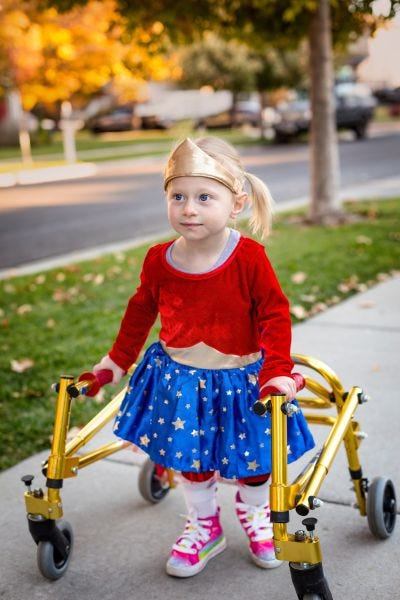

Sensory-Friendly Costume Ideas
- Easy-on-and-off onesies.
- Regular clothes in Halloween colors, like soft leggings.
- Halloween-themed pajamas.
- Comfortable Halloween-themed t-shirts.
Wheelchair-Friendly Costume Ideas
- Royal carriage.
- Mermaid/merman on a seashell.
- Pirate ship on the open seas.
- Other wheelchair additions
Incontinence-Friendly Costume Ideas
- High-rise leggings.
- Loose-fitting pants to comfortably hang catheters.
Alternative Costume Ideas
If your child wants to wear a specific costume but finds parts too frightening, many alternatives exist! For example, paint your kiddo's face rather than giving them a mask. Or, allow them to carry a hat or helmet. They can also wear a T-shirt with a character on it.
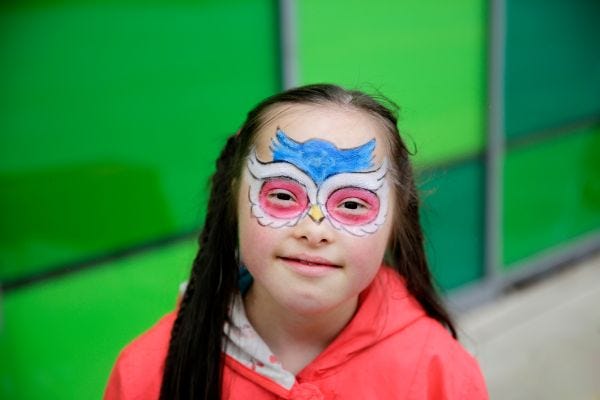

Pro tip: Use social media to get great adaptive and alternative Halloween costume ideas!
Avoiding Halloween Candy Issues
While Halloween is supposed to be spooky and fun, sensory triggers, such as loud noises, fog machines, strobe lights, or a scary costume, could turn innocent laughter into crying due to sensory overload.
Because 1 in 13 kids have food allergies, trick-or-treating can quickly become a spooky time for caregivers as you try to avoid pieces of candy containing tree nuts, wheat, soy, peanuts, and whatever else your child may be allergic to. Some sweets may also make incontinence worse for your child.
To solve this problem, you can use a teal pumpkin. The Teal Pumpkin Project helps trick-or-treaters with allergies, diabetes, or swallowing disorders participate in Halloween fun by signaling that certain houses are giving out non-food treats, like glow sticks or small toys. All you have to do to participate is buy a teal pumpkin or paint your child's teal to let families know you're offering items besides candy to help all children safely participate.
Non-Food Item Ideas
- Halloween pencils.
- Glow sticks, necklaces, or bracelets.
- Notebooks
- Spider rings.
- Stickers
Prepare for Halloween Sensory Disruptions
While Halloween is supposed to be spooky and fun, sensory triggers, such as loud noises, fog machines, strobe lights, or a scary costume, could turn innocent laughter into crying due to sensory overload.
Special needs children with autism or other conditions may be uncomfortable with unpredicted changes to their environment and changes to their routine, so take the days leading up to Halloween to prepare them. Use these tips to help them adjust to what the celebrations will be like.
- Explore Halloween decorations. Give your child the control they need by showing them how to turn off mechanical devices that light up, make noise, or move. Let them see that taking out or unplugging the batteries renders these items motionless and quiet. It can also be helpful to allow your child to pull or bend plastic decorations or build their own monsters, such as ghosts or witches.
- Normalize spooky images. Get your child accustomed to scary images by allowing them to color on photos of ghosts or monsters. Discuss scary characters, such as vampires and mummies, and create your own funny monsters together, like a bat cat or witch bunny.
- Prepare for different Halloween situations. Set your house up like a haunted house and let your child pop out at you instead of the other way around!
Protecting Against Incontinence On Halloween
Protecting against bladder and bowel leaks on the big night and at Halloween events is a big part of preparation if your child has incontinence. Use these tips to keep your little one dry, comfortable, and confident!
- Get your child free incontinence products. If your child has an underlying medical condition or disability that causes incontinence, they may qualify for free incontinence supplies through insurance and Aeroflow Urology! We supply diapers, bladder control pads, pull-ups, and catheters to eligible children. We'll send you free samples so you know what products will work best with your child's creative costumes and what products will keep them dry throughout the night. To have your child's incontinence products sent to your home in discreet packaging every month, fill out our Eligibility Form. Once you do, we'll reach out to your child's healthcare provider to get the required prescription on their behalf. Then, you can choose your child's products and receive your free samples before their order ships.
- Try on products with costumes. Before sending your little one out into the night to trick-or-treat, or even before creating their costume, ask them to try it on while wearing their incontinence product or catheter. That way, you can adjust the costume and ensure they're comfortable.
- Pack a bag. Whether you're escorting your child to their Halloween activities or someone else is, be sure you pack a bag for your child to take with lots of extra incontinence products, catheters, gloves, wipes, extra clothes, and a trash receptacle to avoid leaks. You can also pack a reusable water bottle to keep them hydrated to avoid worsened incontinence issues!
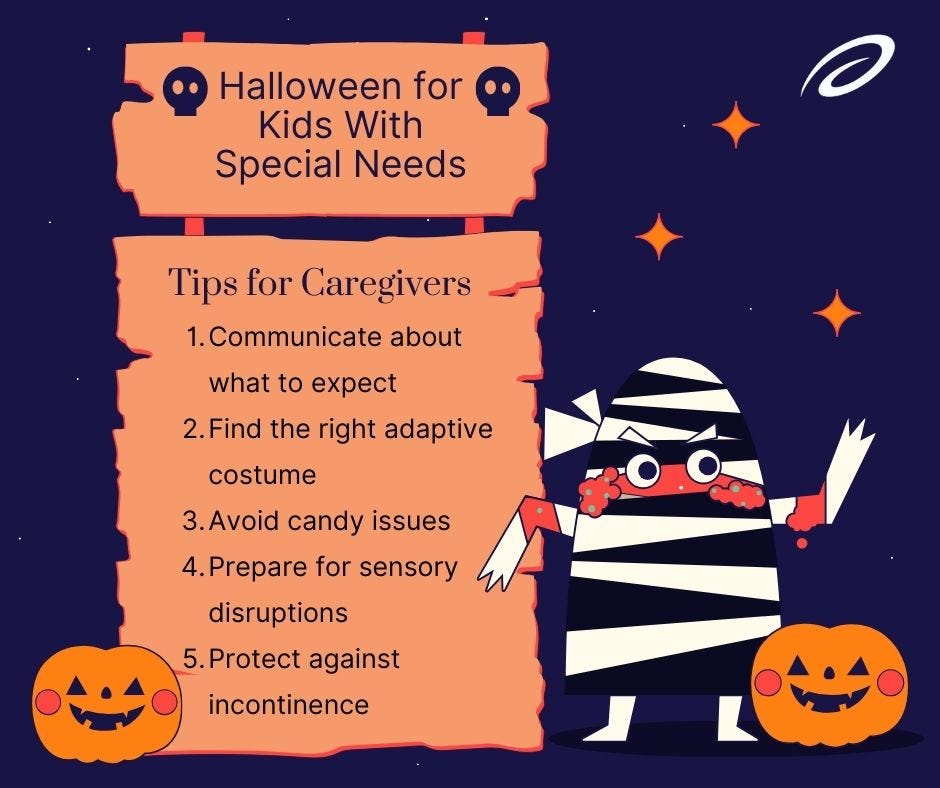

- Communicate. Ensure your child communicates verbally or non-verbally when they need to use the bathroom or change their incontinence products.
- Schedule bathroom breaks. Plan for bathroom stops to avoid accidents and keep your loved one dry throughout the Halloween fun. It may also be helpful to check maps for nearby public restrooms.
Tips for Halloween Trick-or-Treating
- Pay attention to body language. Anxiety can make trick-or-treating difficult, especially when your child easily becomes overwhelmed. Keep an eye on their body language to know when your little one feels uncomfortable.
- Be aware of overwhelming decorations. If your child has sensory sensitivities, avoid homes with many decorations that light up or make loud noises.
- Avoid trick-or-treating in dark areas. Choose well-lit areas to approach or attend community family events like a trunk or treat.
- Avoid scary costumes. While it can be fun for adults and older children, handing out candy in a truly scary costume can frighten your child and others with special needs. When addressing children, ensure they can see your eyes and mouth to assist those struggling with speech or hearing issues.
- Keep your child hydrated. Ensure your child with incontinence wears an extra absorbent pull-up and stays hydrated. Frequently ask if they need to use the restroom and keep candy at a minimum until they get home to avoid placing additional pressure on the bladder.
- Let your child choose. Don't force children to say, "Trick-or-treat" or "Thank you" after being handed treats. This could cause stress in children with anxiety disorders or for those children who are non-verbal.
As you embark on this year's Halloween adventures, remember that it's not just about the candy and costumes for your kiddo! The laughter, joy, and moments shared with your loved one can make a very Happy Halloween!
Disclaimer
Information provided on the Aeroflow Urology blog is not intended as a substitute for medical advice or care. Aeroflow recommends consulting your healthcare provider if you are experiencing medical issues relating to incontinence.


